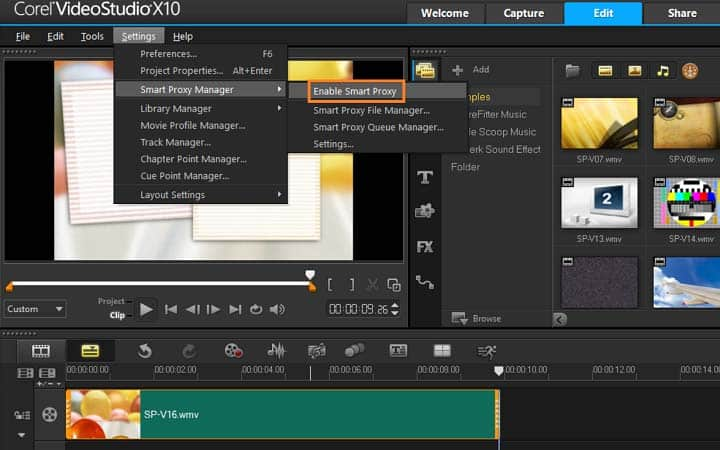

Many video editing programs have the ability to create stop-motion films without too much trouble, like Windows Live Movie Maker, which is available as a free download with Windows Essentials for Windows 7, or iMovie on Mac. Of course, if you wanted to create even more film-like motion, you could take up to 25 frames for each second. Australian/PAL systems generally work on 25 frames per second so you will need at least two to three photos each second to achieve the stop-motion effect. To achieve relatively fluid motion, you need enough frames per second. Remember the rule of thumb when shooting for stop motion. It's worth noting that different apps may have distinct effects, like borders and vignetting, which you might need to keep in mind to make sure each frame is consistent. Then, it's as simple as taking the images on your favourite app. You can do this in a number of ways, like storyboarding a rough idea of what each key frame should look like, or writing down the main shots that need to appear in sequence. It's a good idea to plan out the theme of your video before you start shooting, especially if you want the film to have a consistent narrative. Step one: take your photos (Screenshot by CBSi) Some of our favourite examples of this technique can be found below. This technique also works with regular photos so don't feel left out if the lo-fi aesthetic isn't your thing. Inspired by the multitude of stop-motion films shot on mobile phone cameras, here's how to make your own with images shot on your favourite photo app.


 0 kommentar(er)
0 kommentar(er)
